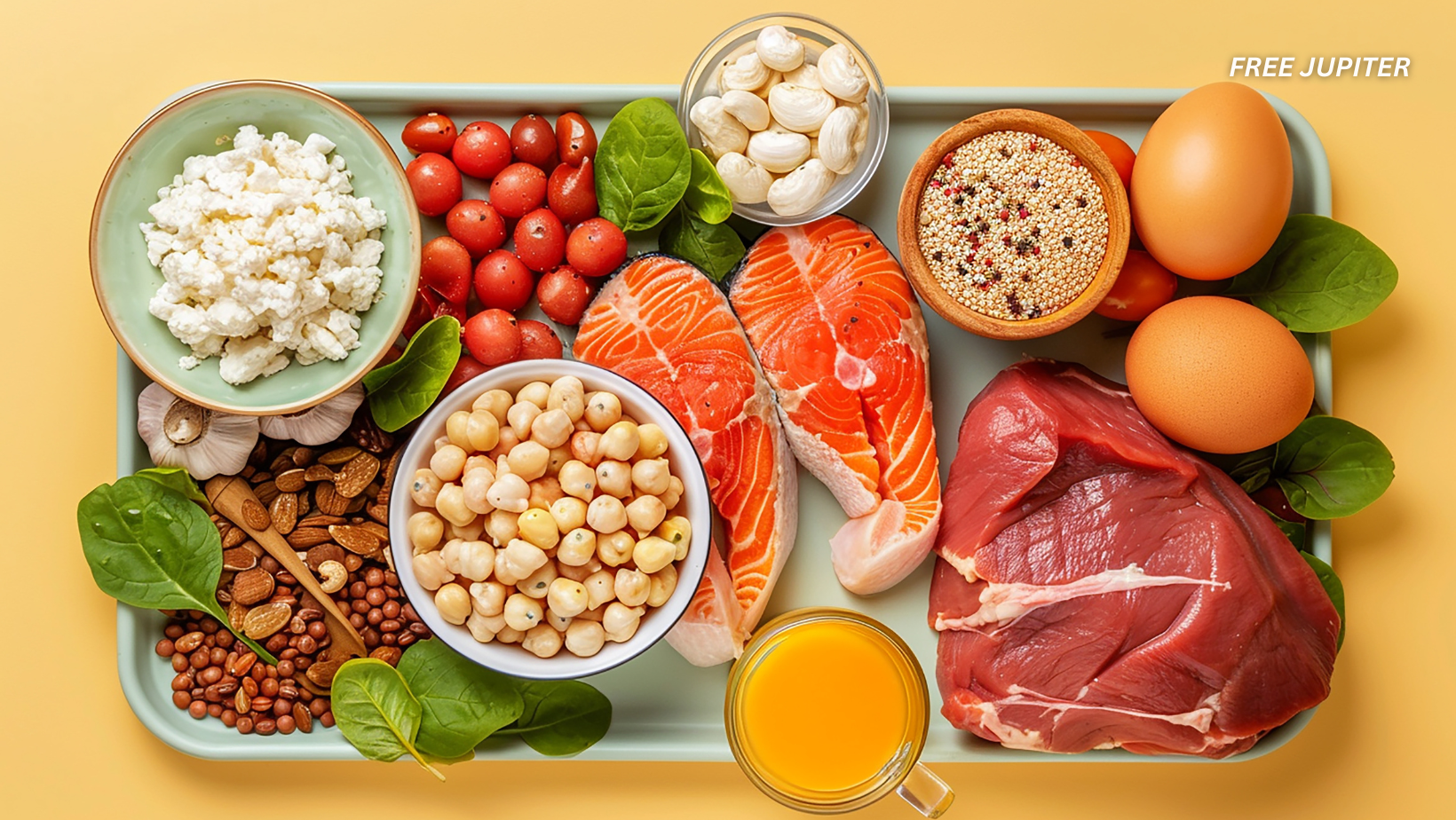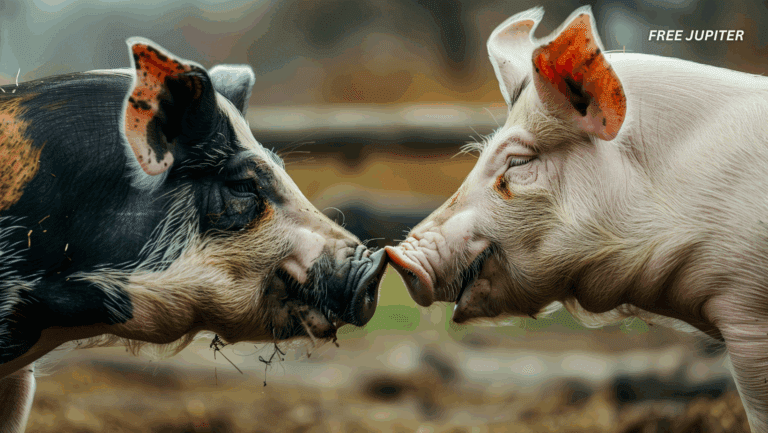Protein is a cornerstone of human nutrition, indispensable for the body’s structure, function, and overall vitality. Beyond just muscle building, protein supports immune defenses, hormone production, enzyme activity, and cellular repair. To truly harness the benefits of protein, it’s essential to understand the variety of protein sources available, their unique nutrient profiles, and how to integrate them into a balanced weekly diet. This expanded discussion delves deeper into the significance of protein, its diverse sources, and practical ways to enjoy them.
Why Protein Is Fundamental to Health
Protein is one of the three macronutrients—alongside carbohydrates and fats—that fuel the body. What sets protein apart is its composition of amino acids, the molecular building blocks that form every cell and tissue. The human body requires 20 different amino acids, nine of which are deemed essential because they cannot be synthesized internally and must be consumed through diet.
These amino acids contribute to a multitude of physiological processes:
- Muscle repair and growth: Protein intake is crucial after physical activity to rebuild muscle fibers and enhance strength.
- Immune system function: Proteins form antibodies and immune cells that protect against infections.
- Hormone and enzyme production: Many hormones and enzymes are proteins that regulate metabolism and bodily functions.
- Bone health: Adequate protein supports bone density and reduces fracture risk as we age.
- Weight management: Protein promotes satiety by influencing hunger hormones, helping control appetite and maintain a healthy weight.
Without sufficient protein, the body may experience muscle loss, weakened immunity, slower recovery from illness or injury, and compromised bone strength.
How Much Protein Do You Need?
General guidelines suggest adults aim for approximately 0.8 grams of protein per kilogram of body weight daily. However, requirements vary based on age, activity level, muscle mass, and health conditions. For example, athletes or older adults may benefit from higher protein intake to support muscle maintenance and recovery.
Including protein in every meal is a practical approach to meet these needs and maintain stable energy levels throughout the day.
Read more: This 41-Year-Old Doctor Says He’s Biologically Only 24—Thanks to Just 3 Supplements Daily
Diverse Protein Sources to Include Weekly
Eating a variety of protein-rich foods ensures you receive all essential amino acids and a broad spectrum of nutrients. Here are expanded insights into eight excellent protein sources to incorporate regularly:
1. Nuts and Seeds: Pistachios, Almonds, and Pumpkin Seeds
Nuts and seeds are nutrient-dense snacks that provide plant-based protein along with healthy fats, fiber, vitamins, and minerals.
- Pistachios: Offering about 6 grams of protein per ounce, pistachios contain all nine essential amino acids and are rich in heart-healthy unsaturated fats. They also provide vitamin B6, copper, phosphorus, and antioxidants comparable to those in berries.
- Almonds: Similar to pistachios, almonds deliver 6 grams of protein per ounce and are packed with vitamin E, magnesium, and manganese. Regular consumption may help reduce LDL cholesterol and blood pressure.
- Pumpkin seeds: These seeds are particularly high in protein, with approximately 8.5 grams per ounce, and also supply zinc, magnesium, and antioxidants.
While nuts and seeds are calorie-dense, moderate portions can be a satisfying and healthful protein boost. Enjoy them raw, roasted, or incorporated into dishes like salads, smoothies, or baked goods.
2. Eggs: A Complete and Versatile Protein Source
Eggs are a nutritional powerhouse, providing about 6 grams of complete protein per large egg. They contain all essential amino acids and are rich in choline, vitamin D, iodine, and antioxidants.
Despite historical concerns about cholesterol in egg yolks, modern research shows that dietary cholesterol has minimal impact on blood cholesterol levels for most people. Thus, consuming whole eggs is beneficial and recommended.
Eggs can be prepared in numerous ways—boiled, scrambled, poached, or baked—and can be included in recipes ranging from simple breakfasts to sophisticated dishes like mushroom puff pastry rolls or vegetable omelets.
Read more: Study Reveals What Long-Term Fasting Really Does to The Human Body
3. Legumes: Lentils, Chickpeas, and Black Beans
Legumes are exceptional plant-based protein sources, providing roughly 7 to 9 grams of protein per half-cup cooked serving. Lentils, for instance, offer about 9 grams of protein along with fiber, folate, potassium, iron, and magnesium.
Combining legumes with grains such as rice, quinoa, or barley creates a complete amino acid profile, making them especially valuable for vegetarians and vegans.
Regular consumption of legumes is associated with reduced risks of heart disease, type 2 diabetes, and certain liver conditions. They are also budget-friendly and versatile, perfect for soups, stews, salads, and dips.
4. Poultry: Chicken and Turkey
Lean poultry is a widely consumed protein source known for its high protein content and relatively low saturated fat. A 3-ounce serving of chicken breast provides approximately 26 grams of protein, along with B vitamins, zinc, and selenium.
These nutrients support brain health, immune function, and energy metabolism. Poultry can be prepared in countless ways—grilled, baked, roasted, or added to salads and soups—making it a staple in many diets.
5. Dairy Products: Greek Yogurt, Cottage Cheese, and Milk
Dairy foods are rich in protein, calcium, vitamin B12, and other essential nutrients.
- Greek yogurt: This strained yogurt is notably high in protein, offering nearly 20 grams per 7-ounce serving. It also contains probiotics that support gut health.
- Cottage cheese: Low in fat but high in protein (about 28 grams per cup), cottage cheese provides calcium, phosphorus, and selenium.
- Milk: A cup of dairy milk delivers around 8 grams of protein and is a good source of calcium and riboflavin.
For those with lactose intolerance, lactose-free dairy options or fermented products like kefir may be suitable alternatives.
6. Fish and Seafood
Fish is an excellent source of high-quality protein and vital nutrients such as iodine, selenium, and vitamin B12. Fatty fish like salmon, mackerel, and sardines are rich in omega-3 fatty acids, which support heart and brain health.
A 3-ounce serving of salmon contains about 22 grams of protein, while cod offers even more per serving. Despite their benefits, many people fall short of the recommended two seafood servings per week.
Incorporate fish into your diet through grilled fillets, seafood salads, or flavorful dishes like ginger-soy salmon bites.
7. Quinoa: A Complete Plant-Based Protein Grain
Quinoa is unique among grains because it contains all nine essential amino acids, qualifying it as a complete protein. One cup of cooked quinoa provides about 8 grams of protein, along with fiber, manganese, phosphorus, and antioxidants.
It can be used as a base for salads, casseroles, or even as a substitute for rice or pasta, adding nutritional value and texture variety to meals.
8. Tofu and Soy Products
Tofu, made from soybeans, is a versatile complete protein source favored by vegetarians and omnivores alike. A half-cup serving contains about 22 grams of protein and is rich in calcium and copper.
Soy products like tempeh and edamame also offer substantial protein and micronutrients. Tofu’s mild flavor allows it to absorb spices and sauces, making it suitable for stir-fries, soups, salads, and even smoothies.
Practical Tips for Incorporating Protein into Your Diet
- Aim for variety: Eating different protein sources ensures a balanced intake of essential amino acids and other nutrients.
- Balance plant and animal proteins: Combining legumes, grains, nuts, and seeds with dairy, eggs, poultry, and fish provides comprehensive nutrition.
- Focus on preparation methods: Choose grilling, baking, steaming, or broiling over frying to preserve nutrient quality and limit added fats.
- Consider portion sizes: While protein is important, balance it with vegetables, whole grains, and healthy fats for overall dietary harmony.
- Snack smart: Nuts, seeds, Greek yogurt, and boiled eggs are convenient, protein-rich snacks that support satiety.
Read more: That Whole Wheat Bread You’re Eating Is A Trap—It’s Not What It Seems
Conclusion
Protein is indispensable for maintaining health, supporting bodily functions, and enhancing recovery and energy. By embracing a diverse array of protein-rich foods—ranging from nuts and legumes to dairy, poultry, fish, and plant-based options—you can meet your nutritional needs while enjoying flavorful and satisfying meals.
Consistent inclusion of these protein sources in your weekly diet not only ensures adequate intake of all essential amino acids but also delivers a wealth of vitamins, minerals, and antioxidants that contribute to long-term wellness. Whether you prefer plant-based proteins, animal-derived options, or a mix of both, prioritizing quality protein is a cornerstone of a balanced, healthful lifestyle.










